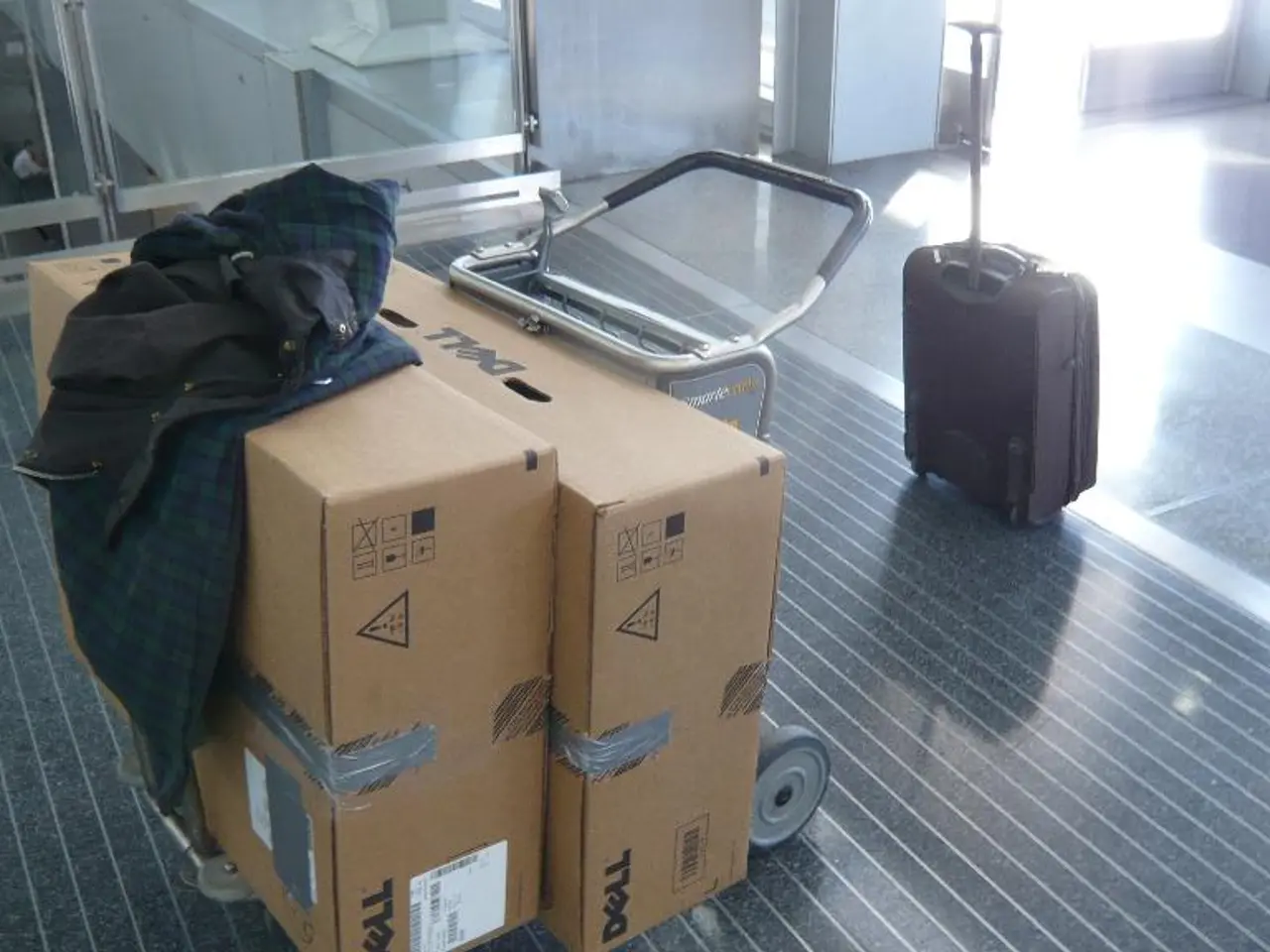EU's Top 10 States Face $132.81B Tariff Burden in Russia-US Trade Dispute
The growing importance of automotive technology in transatlantic trade is highlighted by Sweden's exposure. A recent analysis has identified the top 10 EU member states most at risk of EU tariff burden due to Russian countermeasures, with Germany and the Netherlands topping the list. The automotive, machinery, and chemical industries are among the hardest hit.
Germany, with a potential EU tariff burden of $81.5 billion, is the most exposed. This is largely due to its significant automotive exports, including $34.87 billion in vehicle exports to the US. The Netherlands follows with a potential burden of $17.5 billion, despite a 6% contraction in US exports in 2024. Italy's substantial industrial machinery exports also contribute to its EU tariff burden, totaling $14.21 billion.
The uncertainty surrounding the July 9 deadline has already impacted business confidence and investment decisions. The top 10 EU countries with the highest potential tariff burden are Germany, the Netherlands, Poland, Italy, France, Belgium, Finland, Lithuania, the Czech Republic, and Latvia. Meanwhile, smaller EU nations with service-oriented economies, such as Cyprus and Malta, show minimal exposure, with potential tariffs of $0.03 billion and $0.11 billion respectively.
The concentration of the EU tariff burden among the top 10 countries underscores the interconnected nature of transatlantic technology and pharmaceutical supply chains. Ireland, with the second-largest EU tariff burden of $52 billion, is heavily reliant on its pharmaceutical industry. The technology sector faces scrutiny, with several EU countries showing significant exposure through electronics and machinery exports. Regular updates from the European Commission, ifo Institute, Bruegel, and national handelskammern are recommended for the most current information.








